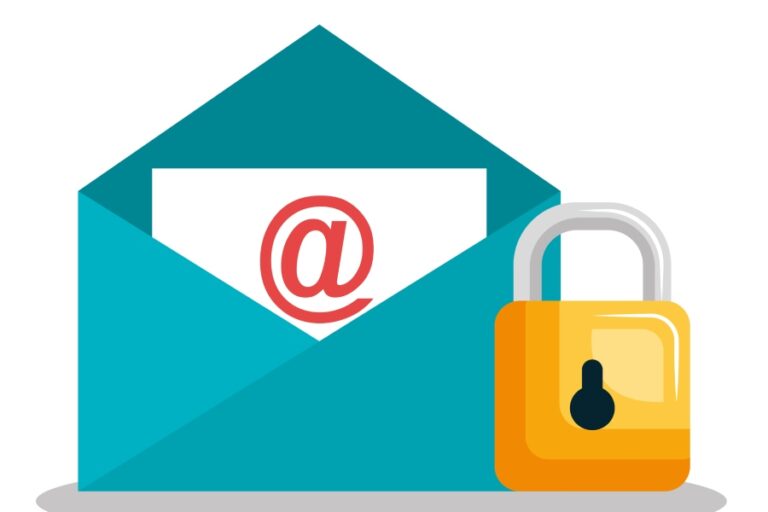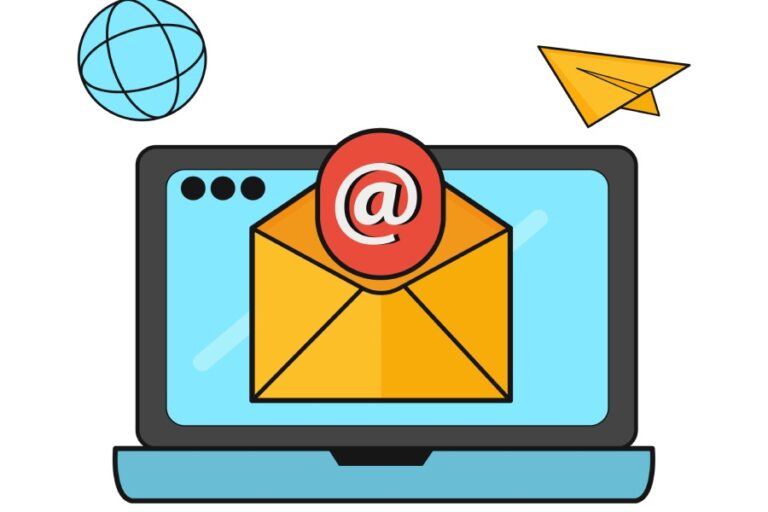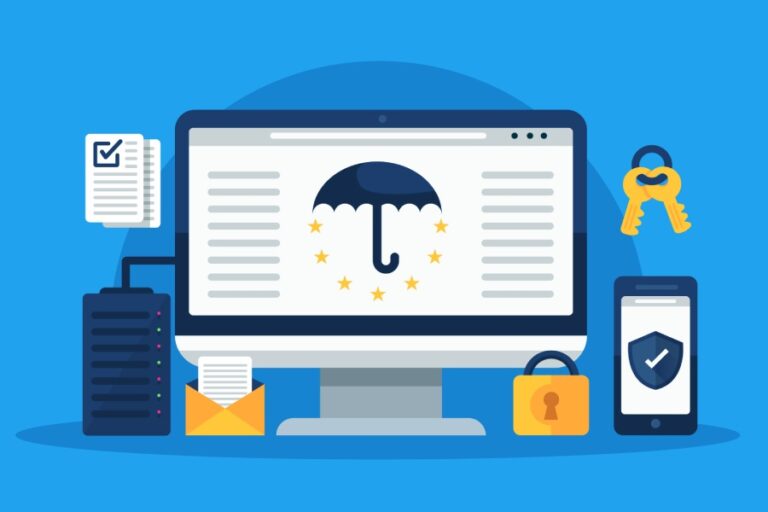Bluehost Verification: A Step-by-Step Guide to Account Setup
Setting up a new website can feel overwhelming, especially when it comes to navigating account verification with platforms like Bluehost. But don’t let the process intimidate you! Think of it as a necessary checkpoint designed to keep your online presence safe and secure from unwanted access. As someone who has gone through this journey, I…






